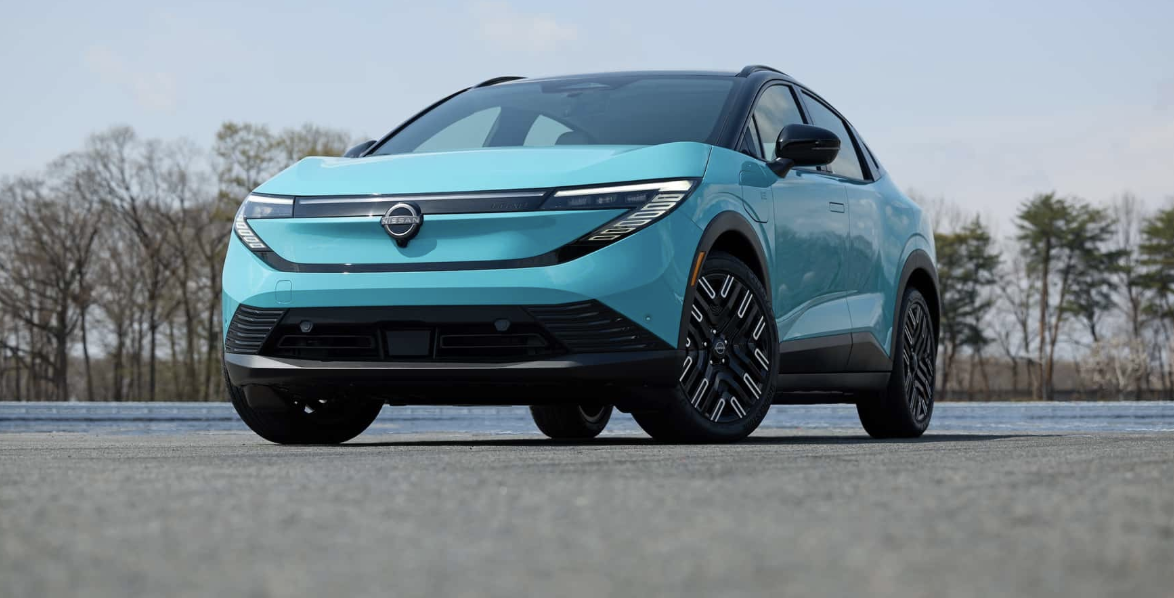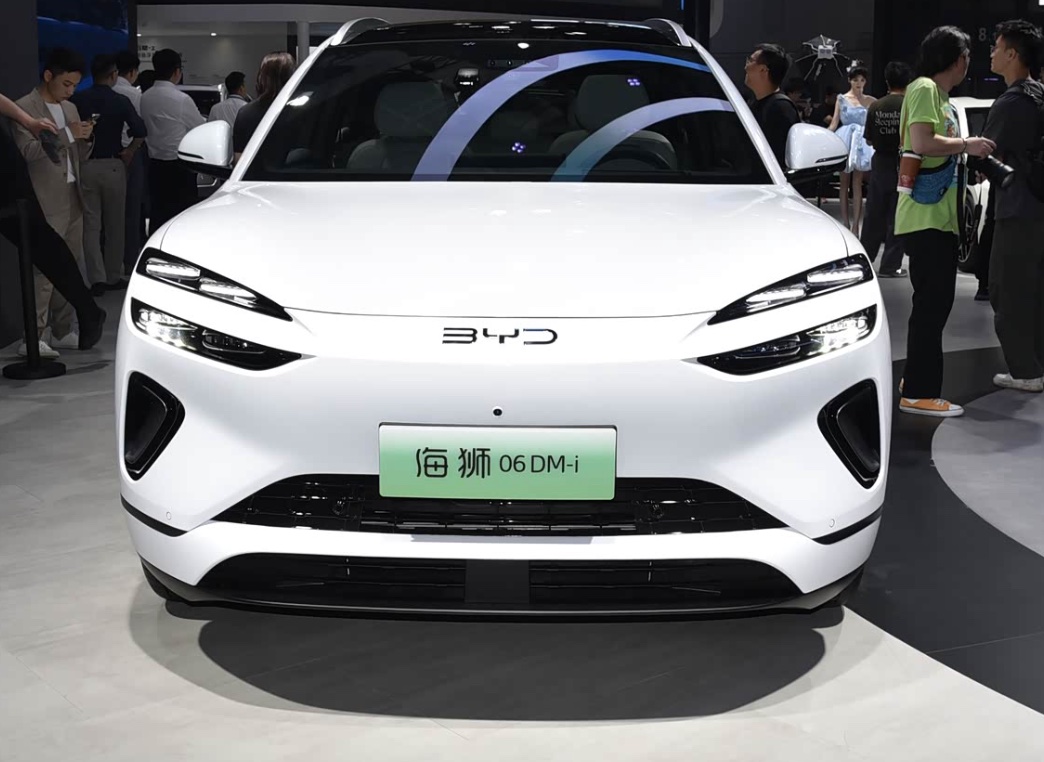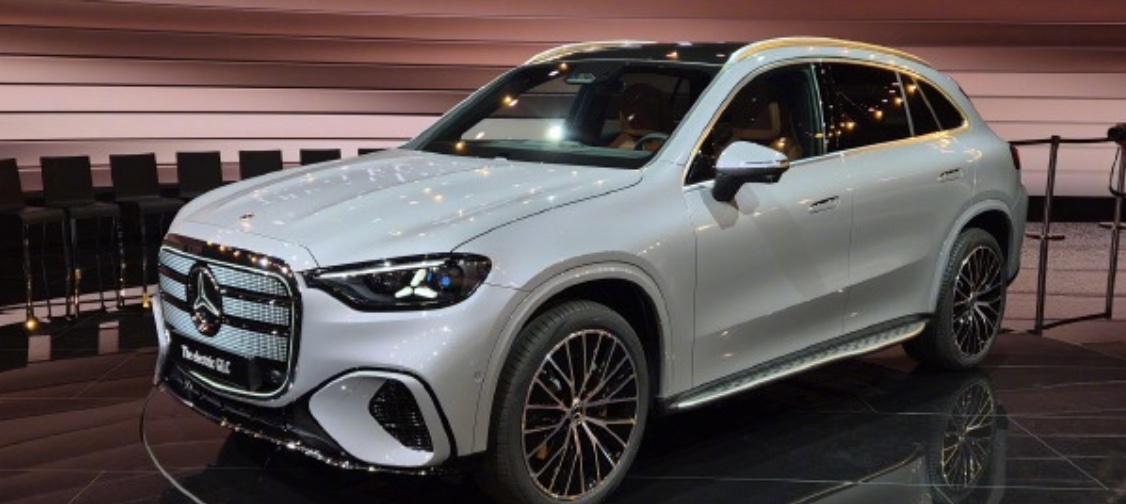On June 17, Nissan officially unveiled the all-new third-generation LEAF. Built on the CMF-EV platform, the new model is positioned as a compact all-electric vehicle. Unlike its predecessors, the third-generation LEAF drops the traditional hatchback profile in favor of a sleek fastback crossover design. Powertrain options include two single-motor configurations, with a maximum driving range of around 488 km. The model is scheduled to launch first in North America in the third quarter of 2025.

Exterior Design
The new LEAF adopts a futuristic EV styling language. The closed-off front fascia integrates an active grille, while the headlights feature Nissan’s latest L-shaped signature design. A full-width LED light bar connects the headlamps, complemented by vibrant body colors and an illuminated Nissan logo.
From the side, the LEAF shifts away from its hatchback roots, drawing inspiration from the Ariya crossover. It features SUV-style body cladding, unpainted wheel arch trims, and flush door handles (rear handles integrated into the C-pillar). Charging ports are located on both front fenders. At the rear, the fastback tailgate incorporates a ducktail-style spoiler, with “NISSAN” lettering replacing the traditional logo. The new LEAF does not adopt full-width taillights, giving it a distinct identity. U.S.-spec dimensions are 4405/1810/1557 mm, with a 2690 mm wheelbase.
Interior Features
Inside, the LEAF also borrows cues from the Ariya, featuring a floating center console, a flat floor, and a dual-screen cockpit layout. Depending on the market, buyers can choose either dual 12.3-inch displays or dual 14.3-inch displays. The model comes with a two-spoke steering wheel, button-type gear selector, and touch-sensitive climate and seat heating controls. A wireless charging pad and dual cupholders are integrated into the front console.
Powertrain and Range
Built on the same CMF-EV platform as the Ariya, the new LEAF uses MacPherson strut front suspension and a multi-link rear setup. All trims feature a front-mounted single motor with two output levels:
Standard version: 130 kW, 345 Nm torque, paired with a 52.9 kWh battery (range not specified).
High-power version: 160 kW, 355 Nm torque, paired with a 75.1 kWh battery, delivering up to 488 km of range (WLTP).
The LEAF supports 150 kW DC fast charging, allowing a 10–80% charge in about 35 minutes.
Legacy and Market Outlook
First introduced in 2009, the LEAF became Japan’s best-selling EV and a strong seller in Europe and North America. In China, the first-generation model was localized by Dongfeng Nissan under the Venucia brand as the e30 “Chenfeng,” offering a 175 km range. The second-generation LEAF debuted in 2017 but was never locally produced.
The third-generation model now takes on a more global role, though it remains unclear whether it will be introduced for domestic production in China. Currently, Dongfeng Nissan’s EV lineup is limited to the Ariya and N7, and analysts note that Nissan must expand its affordable EV offerings if it hopes to strengthen its foothold in the Chinese market.



